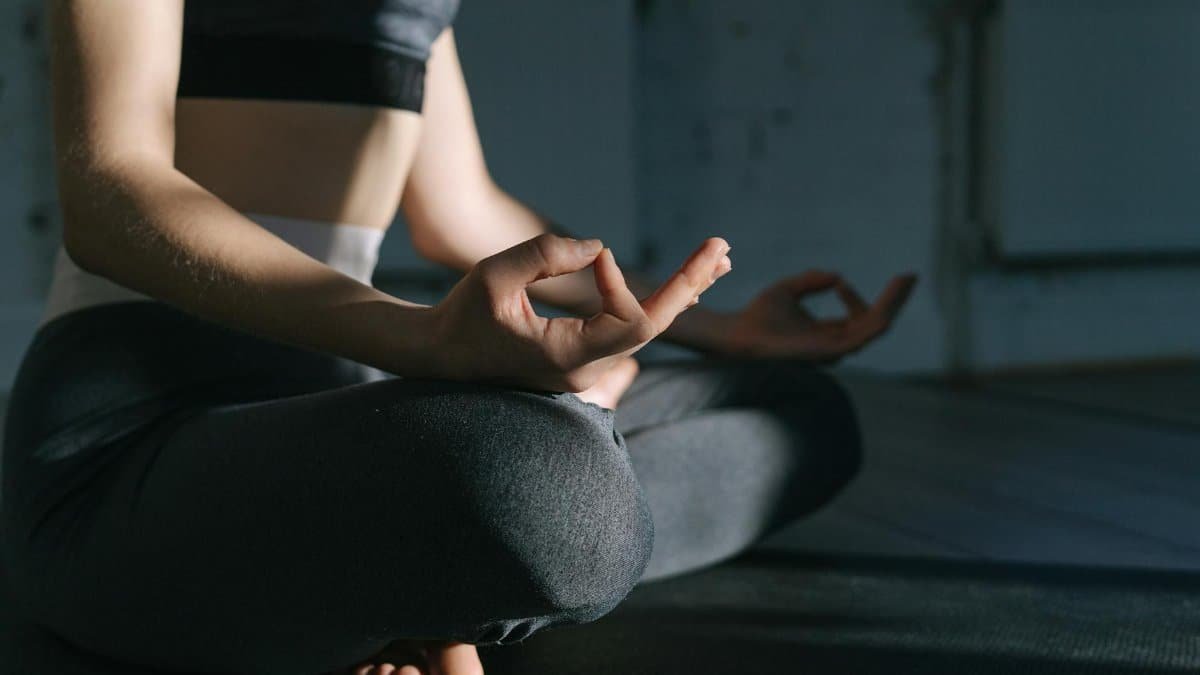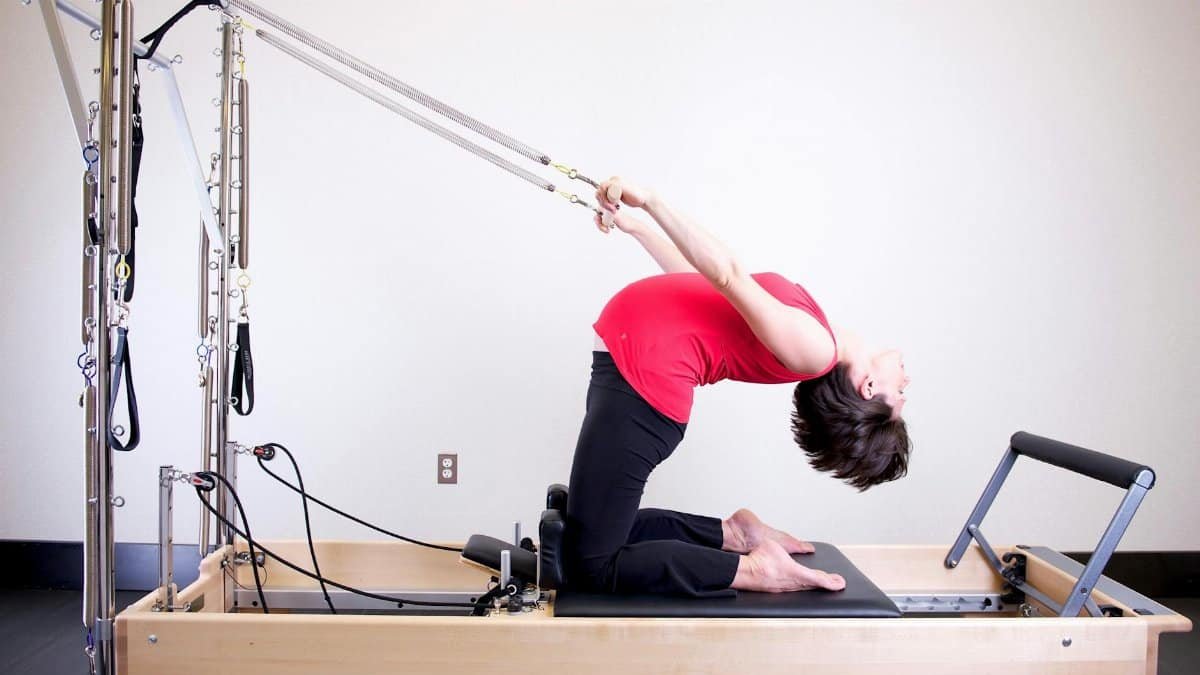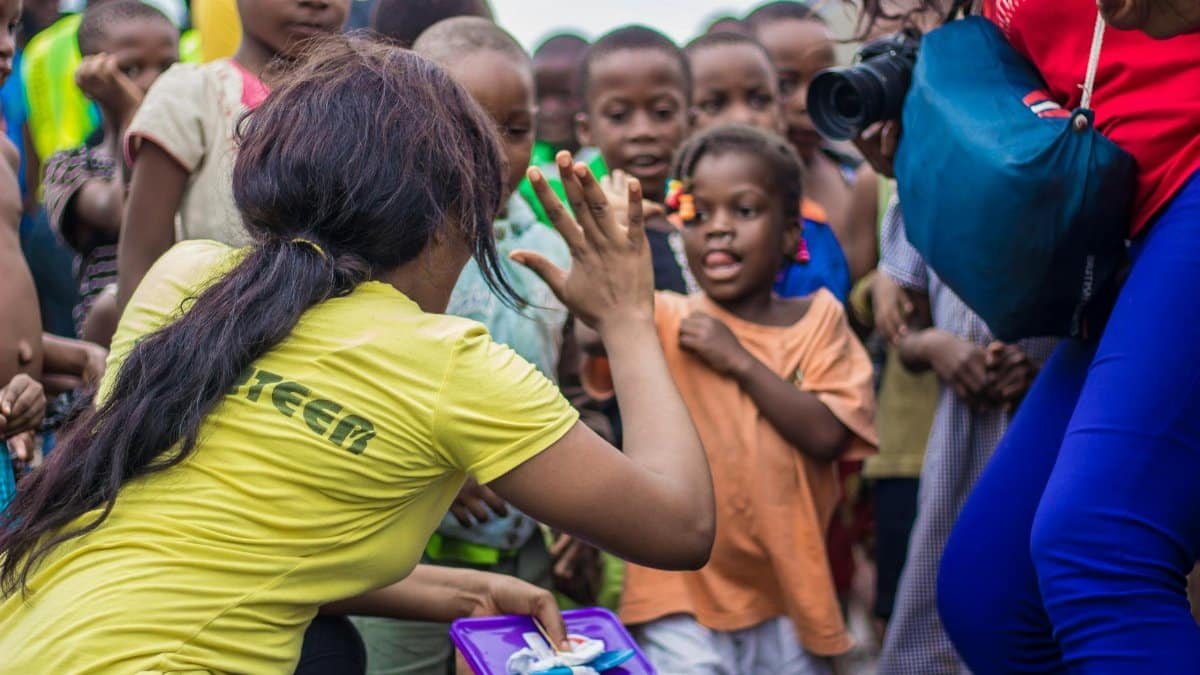The Quiet Rise of Mindfulness in Families

New data shows 40% of American parents are incorporating mindfulness practices into daily routines, up from 25% just two years ago, according to a recent Pew Research survey. This surge highlights a growing trend where families turn to simple techniques to combat stress. At the heart of it is focus breathwork calm, a method blending intentional breathing with mental centering to foster peace amid chaos. Experts say it’s transforming households, helping parents and kids alike manage emotions better. As U.S. families face mounting pressures from work and school, this quiet movement offers a practical lifeline.
What Is Focus Breathwork Calm?

Focus breathwork calm refers to targeted breathing exercises designed to enhance concentration and induce relaxation. It involves deliberate inhales and exhales, often paired with visualization, to anchor the mind. Unlike generic meditation, this approach emphasizes rhythmic patterns that families can practice together. In bustling U.S. homes, it’s gaining traction as a quick tool for deescalating tantrums or unwinding after long days. Practitioners report immediate benefits, such as reduced anxiety levels. This technique draws from ancient traditions but fits modern lifestyles, making it accessible for all ages.
Why Families Are Embracing It Now

With remote work and hybrid schooling lingering into 2025, American families grapple with blurred boundaries between home and obligations. A study from the American Psychological Association notes rising burnout rates among parents, prompting a shift toward mindfulness. Focus breathwork calm steps in as an easy entry point, requiring no equipment or apps. Parents share stories of using it during dinner prep to stay present. Schools in states like California and New York are even integrating similar practices into curricula, signaling broader acceptance. This rise reflects a cultural pivot toward proactive mental health strategies.
Core Techniques for Beginners

Start with the 4-7-8 method: Inhale for four counts, hold for seven, exhale for eight. Families can do this seated around the table, turning it into a group ritual. Another option is box breathing, where you visualize a square while syncing breaths to its sides. These build focus and calm without overwhelming beginners. Experts recommend starting with five minutes daily. In U.S. households, parents adapt it for kids by adding fun elements, like imagining blowing out candles. Consistency yields the best results, fostering long-term resilience.
Impact on Children’s Development

Kids exposed to focus breathwork calm show improved emotional regulation, per research from Harvard’s Graduate School of Education. A 2024 report highlighted how such practices enhance attention spans in young learners, crucial amid digital distractions. Families report fewer meltdowns and better sleep patterns. In urban areas like Chicago and Atlanta, community programs teach these skills to at-risk youth, aiding academic performance. Parents note stronger bonds, as shared sessions encourage open communication. This mindfulness wave could reshape how future generations handle stress, promoting healthier adulthoods.
Challenges and How to Overcome Them

Not every family session goes smoothly. Distractions from devices or siblings can disrupt focus. To counter this, set a dedicated quiet time, perhaps early morning or before bed. Skeptical family members might resist, so lead by example rather than force participation. Research from the National Institutes of Health underscores patience in building habits. In 2025, with economic uncertainties adding pressure, starting small prevents burnout. Track progress in a shared journal to maintain motivation. Overcoming these hurdles turns breathwork into a sustainable family staple.
Real-Life Success Stories

Take the Johnson family from Texas. After implementing focus breathwork calm routines, mom Lisa reported her teens handling exam stress better. “It changed our evenings,” she said. Similar accounts emerge from coast to coast. A dad in Florida used it to calm his autistic son during transitions, drawing from techniques outlined in wellness guides. These anecdotes align with data from the Centers for Disease Control and Prevention, showing mindfulness reduces family conflict. As more share online, the practice spreads organically, proving its everyday value.
Integrating It Into Daily Routines

Weave breathwork into commutes or chores. During car rides to school, guide kids through deep breaths to start the day focused. At home, pair it with bedtime stories for winding down. U.S. trends in 2025 point to apps enhancing these habits, but purists stick to basics. Combine with walks in nature for amplified calm. Families in rural areas adapt it for outdoor settings, boosting connection to the environment. This integration ensures mindfulness isn’t a chore but a seamless part of life.
Expert Insights and Research Backing

Dr. Elena Ramirez, a psychologist at Johns Hopkins, explains, “Focus breathwork calm activates the parasympathetic nervous system, countering fight-or-flight responses.” Her views echo findings in a 2023 study published in the Journal of Clinical Psychology. For deeper dives, check the American Psychological Association’s mindfulness resources, which detail family applications. Another key source is the CDC’s mental health learning page, offering evidence-based strategies. These supports validate its role in fostering family well-being.
Potential Long-Term Benefits

Over time, regular practice may lower risks of chronic stress-related issues, like hypertension, according to NIH data. Families build emotional toolkits, preparing kids for adulthood’s challenges. In a 2025 landscape of evolving work-life dynamics, this equips households for resilience. Communities see ripple effects, with mindful parenting reducing societal tensions. As adoption grows, expect more research quantifying gains. Ultimately, it’s about creating calmer, more connected homes, one breath at a time.
